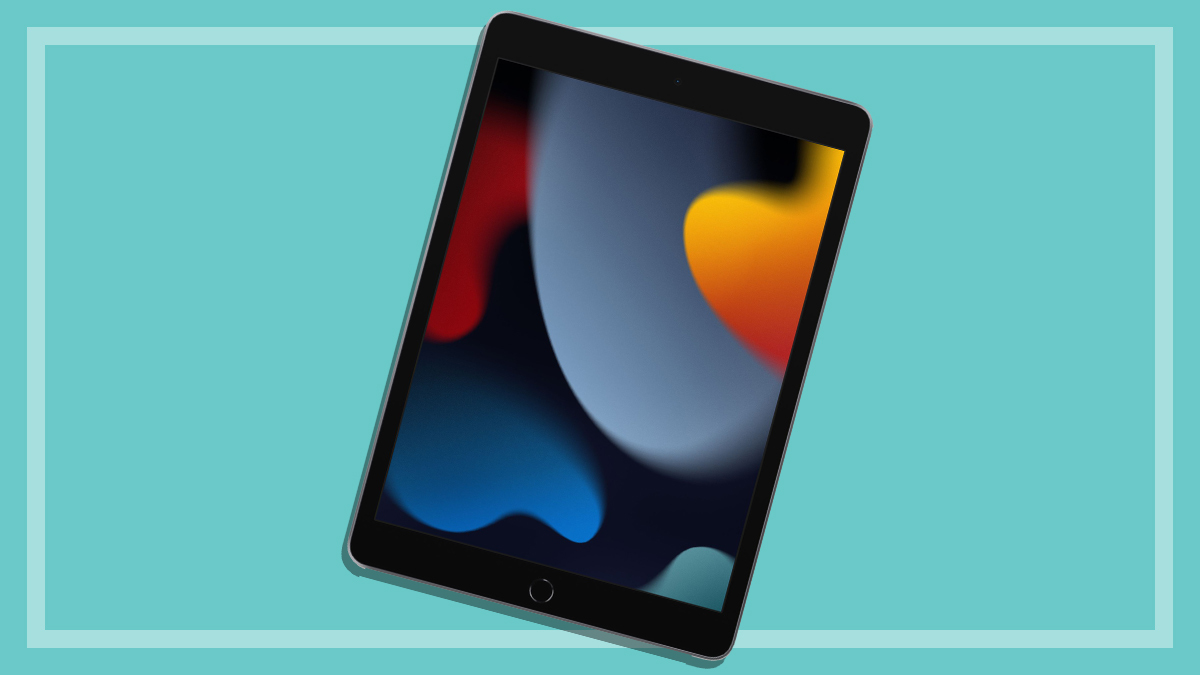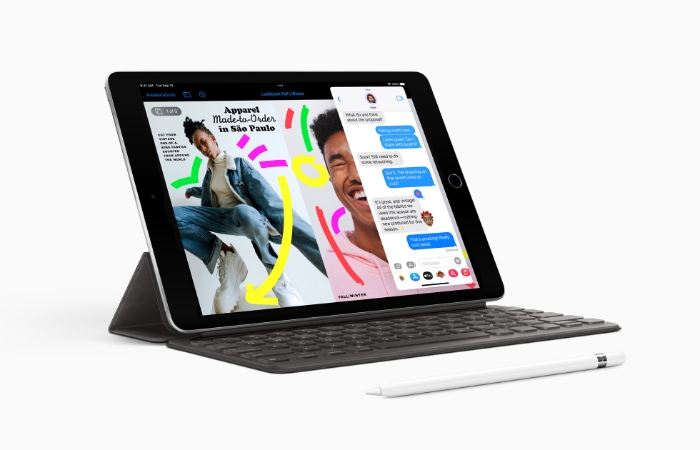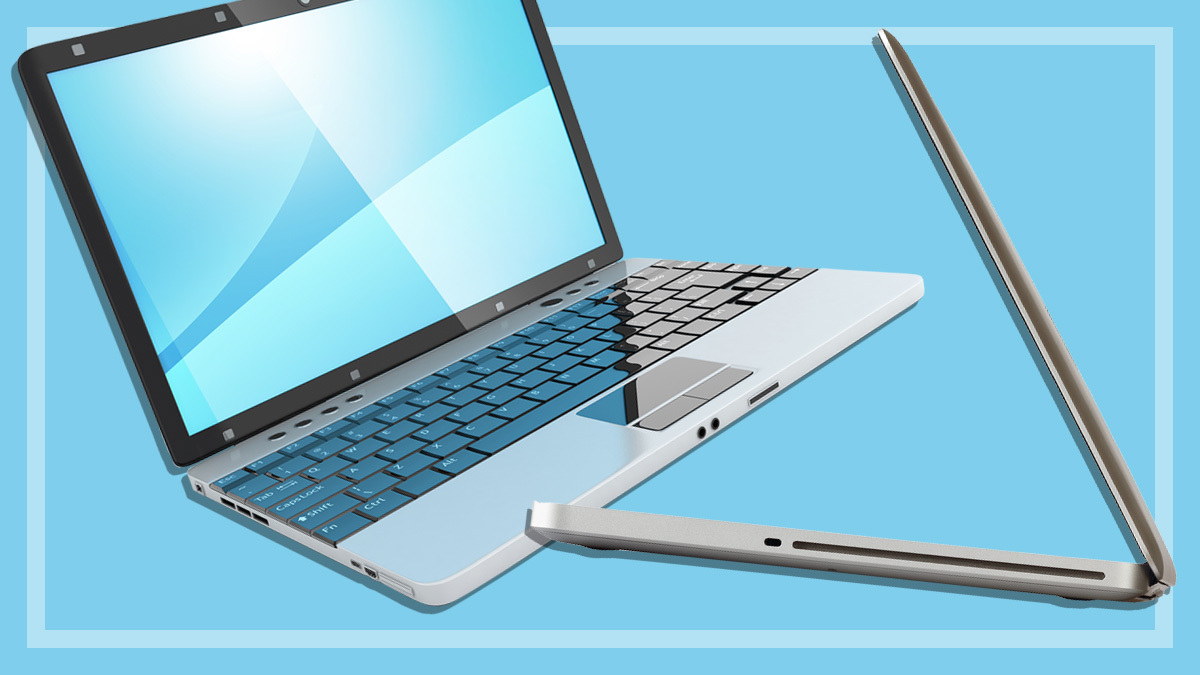Get our independent lab tests, expert reviews and honest advice.
Apple iPad 9th generation review

CHOICE verdict
Apple’s ninth-generation of its “standard” 10.2-inch iPad looks outwardly the same, but inside are some welcome upgrades. The processor has gone up a generation to the A13 Bionic chip and the storage starting point has doubled to 64GB for the Wi-Fi-only model ($499). While the rear camera remains at 8MP, the front camera gets a huge upgrade to 12MP – up from the 1.2MP in the previous generation. Apple’s cheapest iPad is now a far more useful tool for video conferencing. Despite the improvements, the price remains the same as the previous model. This “basic” ninth-gen iPad is Apple’s best value (and best-selling) tablet (and there’s nothing wrong with basic when basic is this good).
Price: From $499
Contact:
apple.com.au
We tried out the highest-spec version of this iPad courtesy of Apple. Our test model was the 256GB Wi-Fi and Cellular version, with optional Smart Keyboard ($235) and first-generation Apple Pencil ($145). All up this pushes the cost to $929.
While the iPad Air and iPad Mini have emulated the look of the iPad Pro, the standard iPad is the only member of the family that keeps the traditional look, with the “chin” at the bottom housing the front-facing home button with Fingerprint ID for sign-in security, and connectivity is still via Lightning cable.
The entry-level storage capacity gets a very welcome boost to 64GB (double last year’s model) and you can choose the second option up of 256GB for $729. Adding 4G LTE cellular capability to either model is another $200 (not 5G, as with the iPad Pro and iPad Mini).
True Tone gives the screen a more natural look
The high-resolution (2160 x 1620 pixel) screen is very good, with excellent viewing angles, and has also been improved with the addition of Apple’s True Tone feature for the first time on this model. This uses an ambient light sensor to automatically adjust the screen to more closely match the colour temperature of the room you’re in. This gives the screen a more natural look meant to be more comfortable for the eyes, and is one of those subtle things that is welcome but which you soon happily take for granted.
The A13 Bionic chip is claimed to give a 20% boost in performance over the previous model, and the included Neural Engine handles a lot of the number crunching behind such things as iPadOS 15’s new Live Text feature, which recognises words in images so you can select and copy them as editable text.

“Ultra-wide” front-facing camera
A massive improvement in the front-facing camera means Apple’s cheapest iPad now becomes a far more useful tool for video conferencing. The FaceTime camera, as Apple calls it, gets a tenfold jump in quality to an impressive 12MP (megapixels).
This “ultra-wide” camera supports iPadOS 15’s Center Stage feature, which pans around and keeps you in frame even when moving around, while the iPad remains stationary. It also adjusts automatically when others join the picture, zooming back to keep everyone in view. It’s a fun and surprisingly useful feature, especially if you’re presenting – almost as if you have your own cameraman calling the shots.
This iPad is the value pick of the family
As it’s a full-size iPad, if you feel the need for a physical keyboard there’s the optional ($235) Smart Keyboard. This hasn’t changed in design, so it’s still not backlit and there’s still no built-in storage for the optional first-generation Apple Pencil ($145). This is now the only iPad that still uses the first-generation Apple Pencil, which needs to be plugged in to charge, unlike the magnetically-attached wireless charging second-generation Apple Pencil for the other iPad models. The optional Smart Cover (without keyboard) is $79.
The Apple Pencil has always worked well and still does, even though this model iPad doesn’t have a fully laminated display screen, which you get on the pricier iPads. Still, this should be no issue for the average user – this iPad is the value pick of the bunch.






